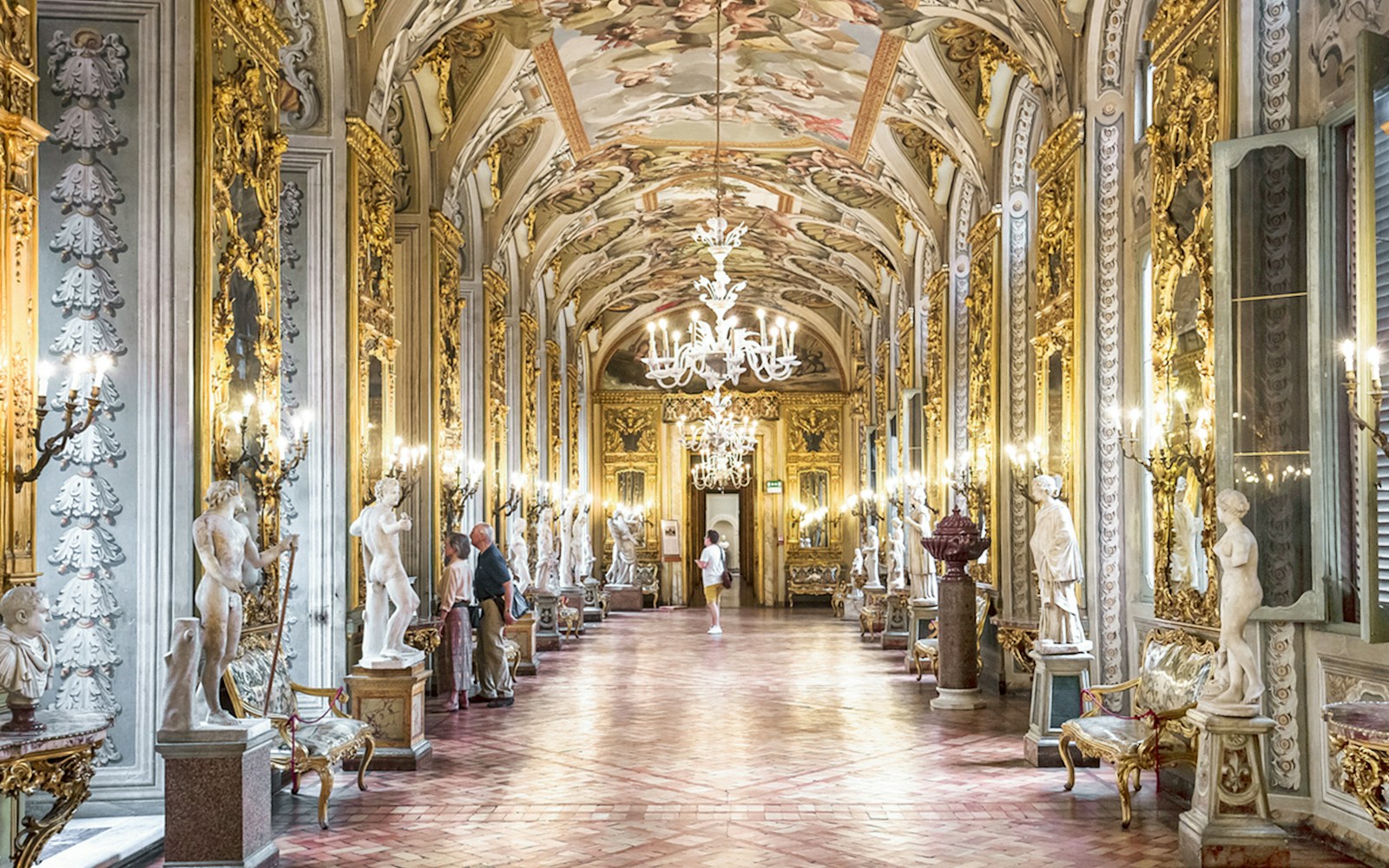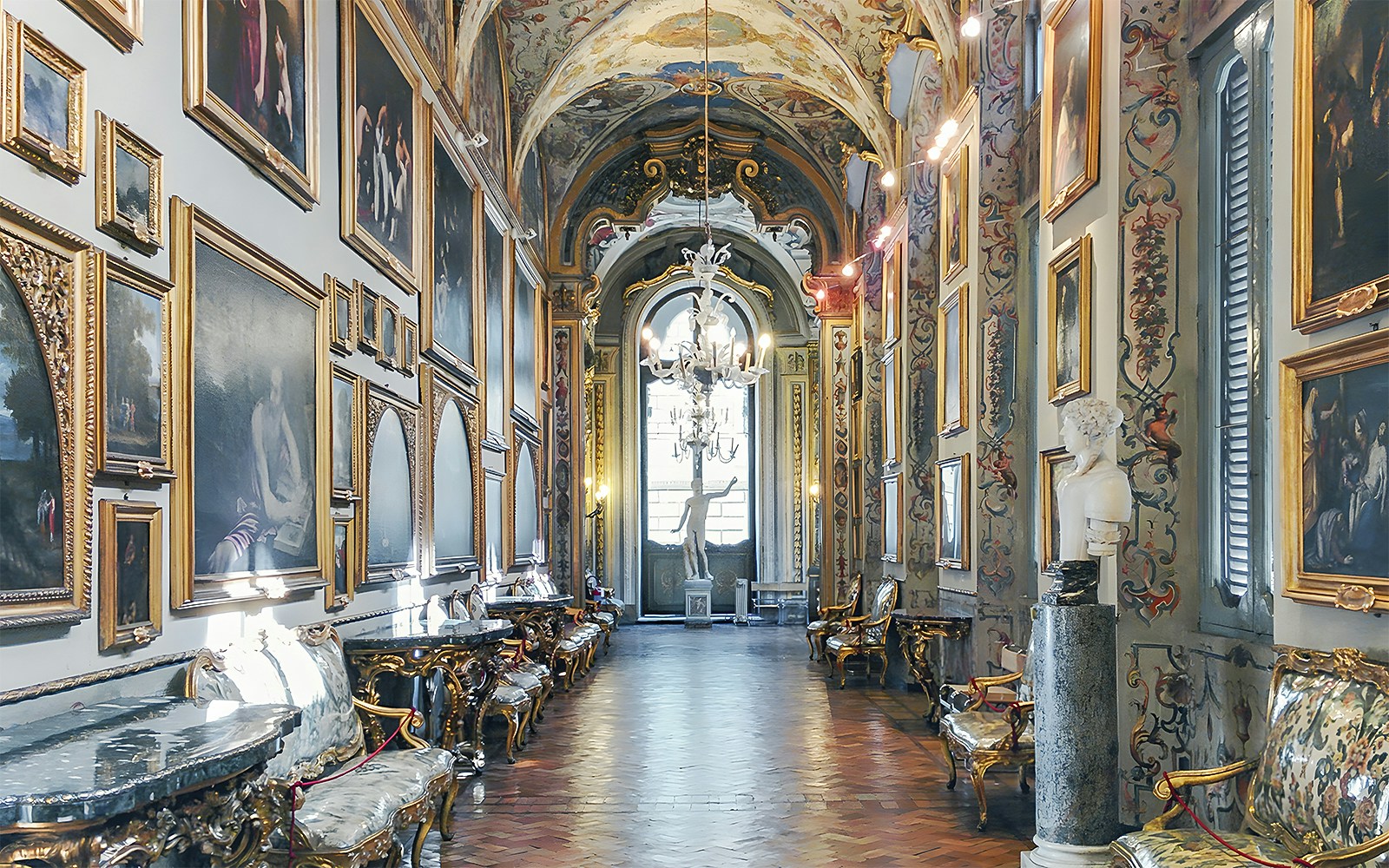What makes Velázquez’s Portrait of Pope Innocent X a masterpiece?
Unparalleled realism
Velázquez’s painting is celebrated for its striking realism, capturing every wrinkle, shadow, and texture with meticulous detail. The Pope’s piercing gaze and stern expression convey authority and emotional complexity, making the painting feel alive. The Pope himself famously commented that the portrait was “too true,” acknowledging Velázquez’s unflinching honesty in depicting his features.
Psychological depth
Unlike many idealized papal portraits, Velázquez portrays Innocent X with psychological intensity. The Pope’s expression reveals layers of personality—his power, cunning, and perhaps vulnerability—offering viewers a rare glimpse into the humanity of a religious leader.
Mastery of chiaroscuro
The dramatic interplay of light and shadow (chiaroscuro) enhances the three-dimensionality of the figure. Velázquez uses subtle lighting to highlight the Pope’s face and hands while creating depth in the rich textures of his red robes.
Textural excellence
The intricate rendering of fabrics, particularly the shimmering red silk and lace details, showcases Velázquez’s technical brilliance. These textures not only add visual richness but also emphasize the wealth and status of Innocent X.
Historical significance
This portrait stands as a defining work of Baroque art, blending realism with grandeur. It also reflects Velázquez’s evolution as an artist during his time in Rome, where he absorbed influences from Italian masters while maintaining his unique style.
Cultural legacy
The painting has inspired generations of artists, including Francis Bacon, whose Study after Velázquez’s Portrait of Pope Innocent X reimagines the work in a hauntingly modern context. Its enduring impact solidifies its place among the greatest portraits in Western art history.


